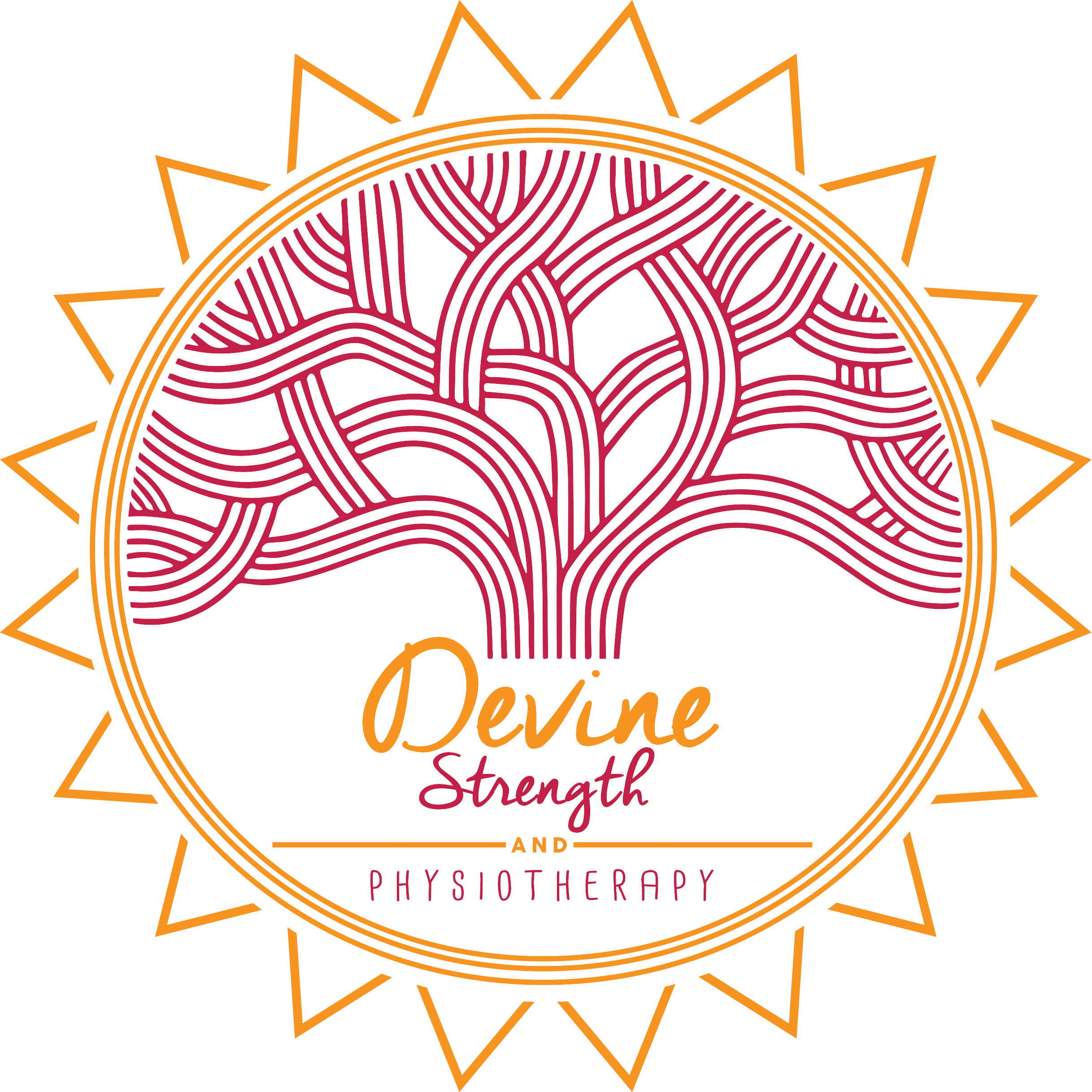When considering what 4F response type to explore this month, I thought about all of the stress and drama that the holidays can bring and it feels like a good time to talk about the fight response and to offer some tools and insights to support you when dealing with an activated fight response. I hope that this newsletter and the tools within help you to feel more love and connectedness as we move into the new year.
I’d like to start off by sharing a little bit about my own experience with the fight response. I tend to identify as more of a freeze/fawn type, but as I am growing and healing, I see that there are times when I fight.
The fighter in me showed up recently while making holiday gifts for friends and family. My partner, 2 year old son, and I were making salt dough ornaments together. While planning the activity I had this image in my mind of all of us gathered around the kitchen table and drinking cocoa and painting our beautiful, perfect, creations that grandparents and close friends would adore for years to come. It was like a Norman Rockwell painting. Well, that was not what happened. In reality, my partner does not like crafting and my son has the attention span of a very active 2 year old. The ornaments were a mess. The kitchen was a mess. All of the time I spent had been wasted. I felt angry. Clearly this happened because of my partner’s shortcomings. It was the only possible conclusion. I shared these thoughts with him and vented my frustration. He did not share my views on the subject.
I wanted to take control and do everything. My urge was to kick the guys out of the kitchen and hull up in there until I had gifts that would fill the recipients with joy every year when they put the ornaments on their tree. I not only wanted to control my family and the product itself, but I was also trying to control the emotional reactions of the people receiving the gifts. I was resisting reality and fighting back with anger and glitter glue.
Folks who fight believe (unconsciously) that safety, love, and acceptance can be attained through power and control. In the example I shared I was attempting to use power and control to get love and acceptance from my friends and family, while also shaming and blaming my partner for the sense of failure that I was experiencing. The inner critic said “not good enough” and instead of accepting what was, I tried to exert power over the situation in order to take control – so that I could change reality into what I thought it should be.
What I ended up needing was compassion and surrender. I needed to have compassion for myself and my family. This was our first time making these ornaments together and it is totally reasonable that there would be hiccups. The loving and understanding response from my partner made all the difference. He was able to see that my anger wasn’t really about him and that I was feeling afraid. In the end we surrendered the product of hours of effort to the trash bin and chalked it up to experience. We made another round of ornaments on a different day and they turned out great. The difference the second time was that we focused on the people who were receiving the gifts rather than the product or how perfect they needed to be. The quality of the gifts reflected my emotional state while making them.
Signs and Symptoms of an activated Fight Response –
- Quickening heart rate
- Shallow breathing
- Feelings of anger or outrage
- Feeling self righteous
- Raised voice
- Offering ultimatums
- Speaking quickly (or typing quickly if you’re arguing online)
- Feeling an urge to tell someone else that they are wrong
- Feeding conflict by repeating the story either mentally or verbally
- Feeling the need to control situations and people
- Snarky sense of humor
- Judging others
- Shaming
- Contempt
The fight response is employed when we believe that there is a chance that we can overcome the stressor that is facing us. If we believe that there is no hope of defeating the threat then we will use one of the other 4F responses. So, we need to feel a little bit of safety in the situation in order to use the fight response. Because of this prerequisite, we often use the fight response with our closest loved ones. Personally, I know that I am more likely to fight with my partner than anyone else, because I feel safe in that relationship.
While some people can use all of the 4F responses and automatically “choose” one depending on the situation, there are others who have a tendency towards one or more responses. Our innate preference for 4F types depends largely upon our upbringing. Folks who grew up in a nurturing and supportive environment can access all of the 4F types and may go between them depending on the situation, allowing them to employ the fight response when they need it. Children who grew up around adults with a highly active fight response may imitate the behavior that they see in their home and thereby develop a strong fight response.
A child who was given little or no limits may also grow up to have an overdeveloped fight response. While it is easy to think of these limitless children as “spoiled brats”, I’d like to explore a different stance on this issue. In his book Complex PTSD: From Surviving to Thriving, Pete Walker describes growing up with no limits as “a uniquely painful type of abandonment.” When we don’t provide limits and guidance to our children, we are leaving them to figure it out on their own. Those children are set up to fail in the social world and may experience intense feelings of loneliness and abandonment throughout their whole life.
Those feelings of abandonment may bring about – in a fight type – an urge to rage. This urge to rage, when acted upon consistently can turn into an addiction. The fighter can become addicted to the cathartic release of raging at another, weaker person. Sometimes we rage at the people closest to us, such as our family or partners. Other times, though we rage at strangers. We rage at strangers in our cars when we are cut off in traffic. We may also rage at helping professionals or service providers, when our needs are not being met. Verbal rage is abundant in social media and other online communities.
Fight types tend to get a reputation for being angry, or narcissistic, or a bully. The thing is, we all need a healthy fight response and the strengths that it brings. We need to be able to speak up for ourselves and to take action when it’s appropriate. A well developed fight response could help us get our needs met, or support us in setting and maintaining healthy boundaries.
As you are reading this newsletter, I imagine that you may be thinking of a person in your life that exhibits some of the qualities mentioned here. Perhaps you even see some of the characteristics reflected in yourself. What do we do when faced with an activated fight response? We love.
When we meet the fight in ourselves and others with loving compassion, we take a step towards healing the inner parts of ourselves and others that have the urge to rage. Remember that the person who appears to be angry, is really frightened and alone. The angry part of that individual only wants to be seen, and held. To know that they are not alone.
In the spirit of developing deeper compassion, I have put together a Loving Kindness Guided Meditation. It is my hope that it will support you in seeing all beings through the lens of love and compassion. Please take a moment for yourself and for the greater good of all, to develop deep compassion for yourself, your loved ones, and even the challenging relationships in your life. May your new year be a blessed one, filled with love, light, and joy.

